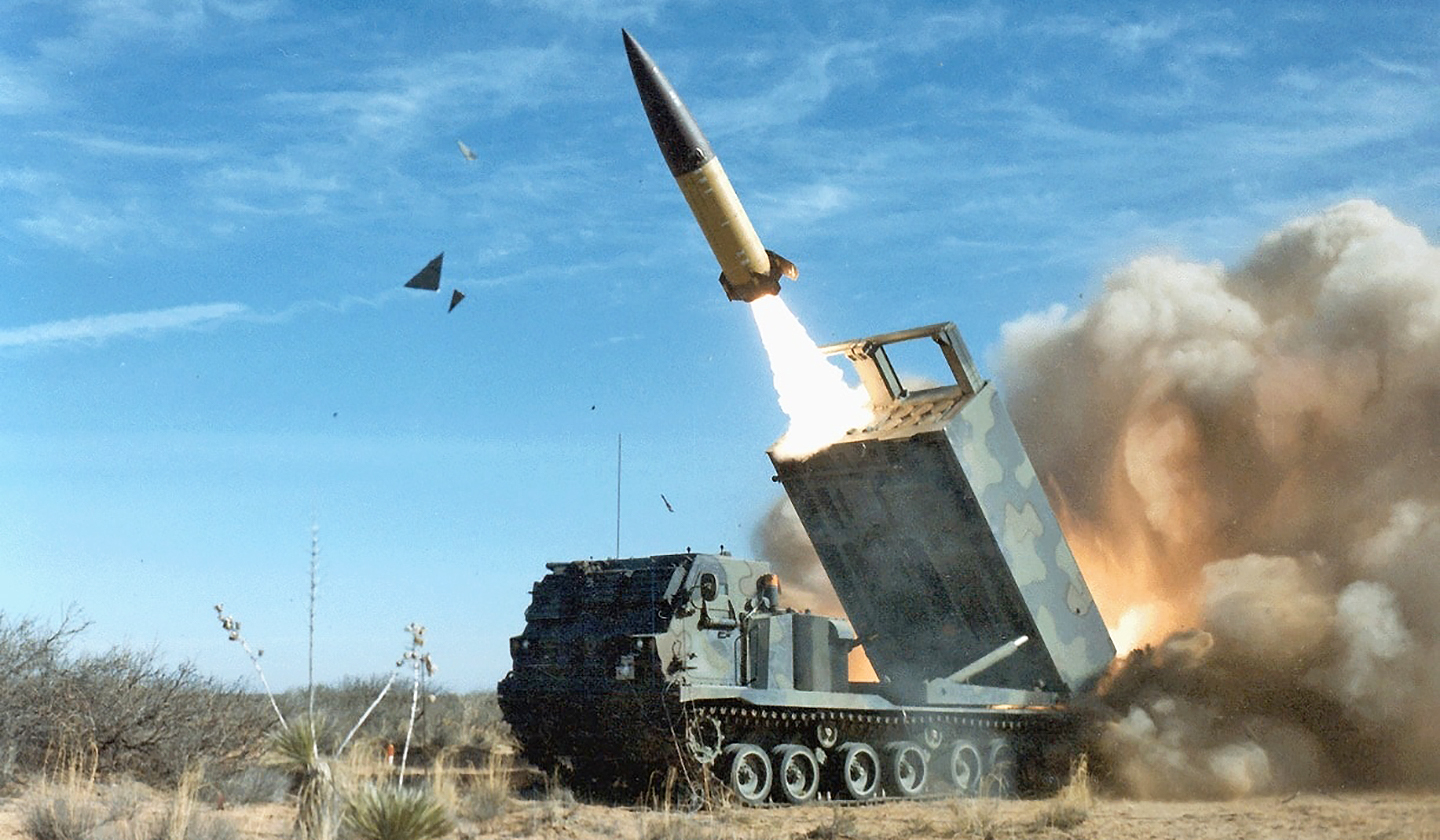Spurred initially by Russian artillery capabilities, Army officials have long insisted that longer-range indirect fire is essential to success in a future great-power conflict. The nature of the conflict in Ukraine, where artillery has been an increasingly important factor, is validating the service’s approach to fighting China at extreme ranges in the Pacific, the service’s top civilian and uniformed officials agree.
House Armed Services Committee Chairman Rep. Adam Smith, a Democrat from Washington, opened a May 12 hearing by asking “what are the systems that are going to put you into position to win that fight like the fight that’s playing out in Ukraine?”
Both Secretary of the Army Christine Wormuth and the service’s Chief of Staff Gen. James McConville quickly answered that Long-Range Precision Fires (LRPF) systems, a collective term for long-range artillery and missiles, are essential to such a fight. Weapons in these broad categories currently sit atop the service’s closely protected list of modernization priorities.
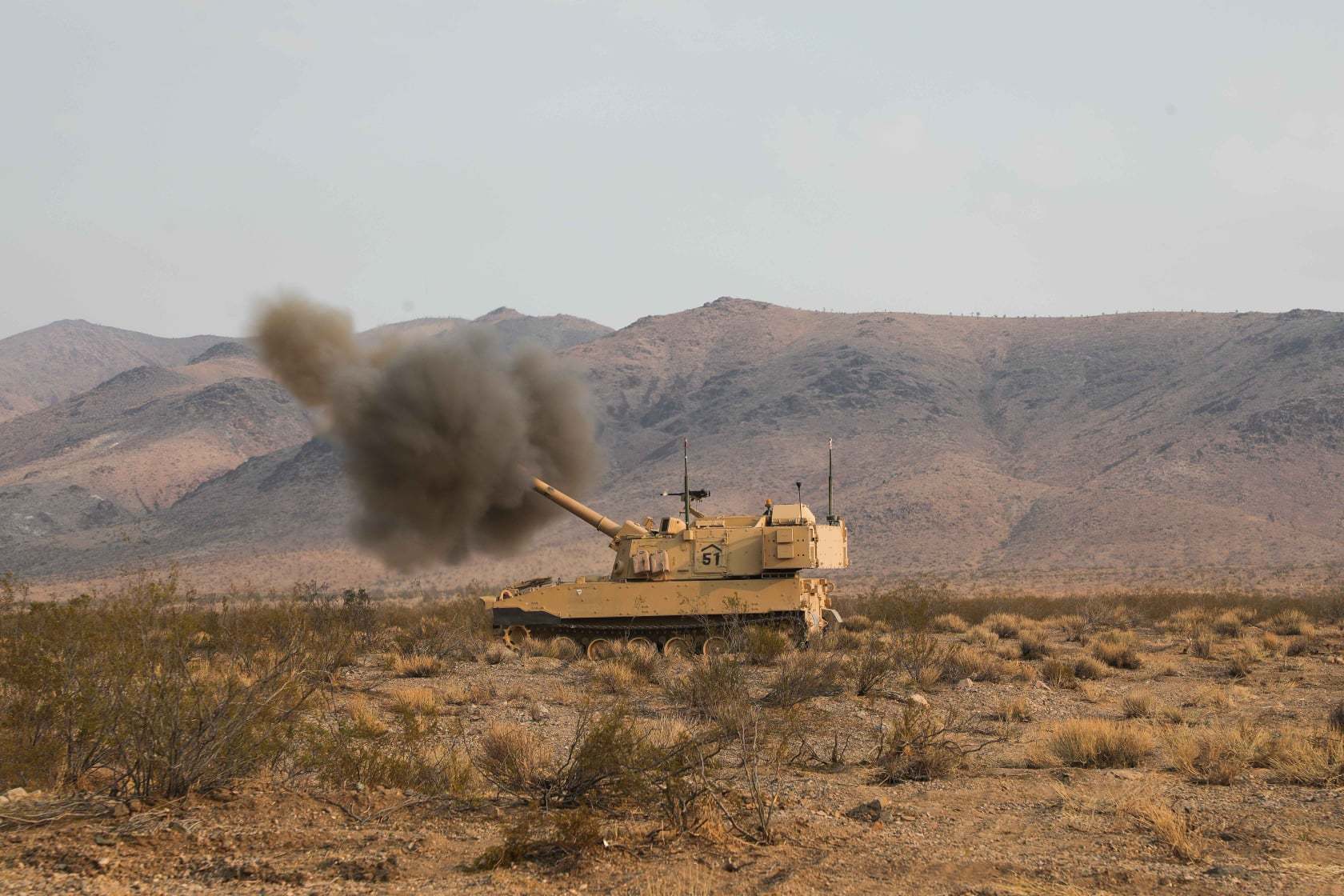
The four primary systems that make up the Army’s current desired LRPF arsenal are poised to either begin testing or hit the field in Fiscal Year 2023, Wormuth said. An extended-range cannon artillery (ERCA) system, currently known as the XM1299, will improve on the existing M109 Paladin series to make it fire faster and farther, perhaps beyond 40 miles. The Lockheed Martin-made Precision Strike Missile should extend the Army’s surface-to-surface tactical ballistic missile range to 300 miles and beyond. Typhon, a mid-range ship-killing capability based on a launcher able to fire SM-6 and Tomahawk missiles will allow land-based Army units to reach out at least 600 miles into the sea and hit land targets, as well. Finally, a Long-Range Hypersonic Weapon system program, now called Dark Eagle, which is set to enter its test phase by 2023, should have a range of at least 1,725 miles.
McConville said all of the systems combined will provide a multi-layered long-range strike capability with multiple options for striking various enemy forces at great ranges. While these four systems are the Army’s primary LRPF efforts, everything from ramjet artillery to swarming drones launched from unmanned ground vehicles and high altitude balloons are being examined as future long-range fires capabilities.
“I’ll start with our number one priority, which is the long-range precision fires and I equate those to being the arrows that we have, and it starts with hypersonics,” McConville said. “They have great range, great speed and [are] very precise, and that gives us some capabilities. The second priority is a mid-range capability. That gives us the ability to sink ships, the third capability is a precision strike missile, which is developing right now. It’d be a land-to-land system, it’s going to be 500 kilometers or greater. And it also is going to in the near future have the ability to sink ships.”
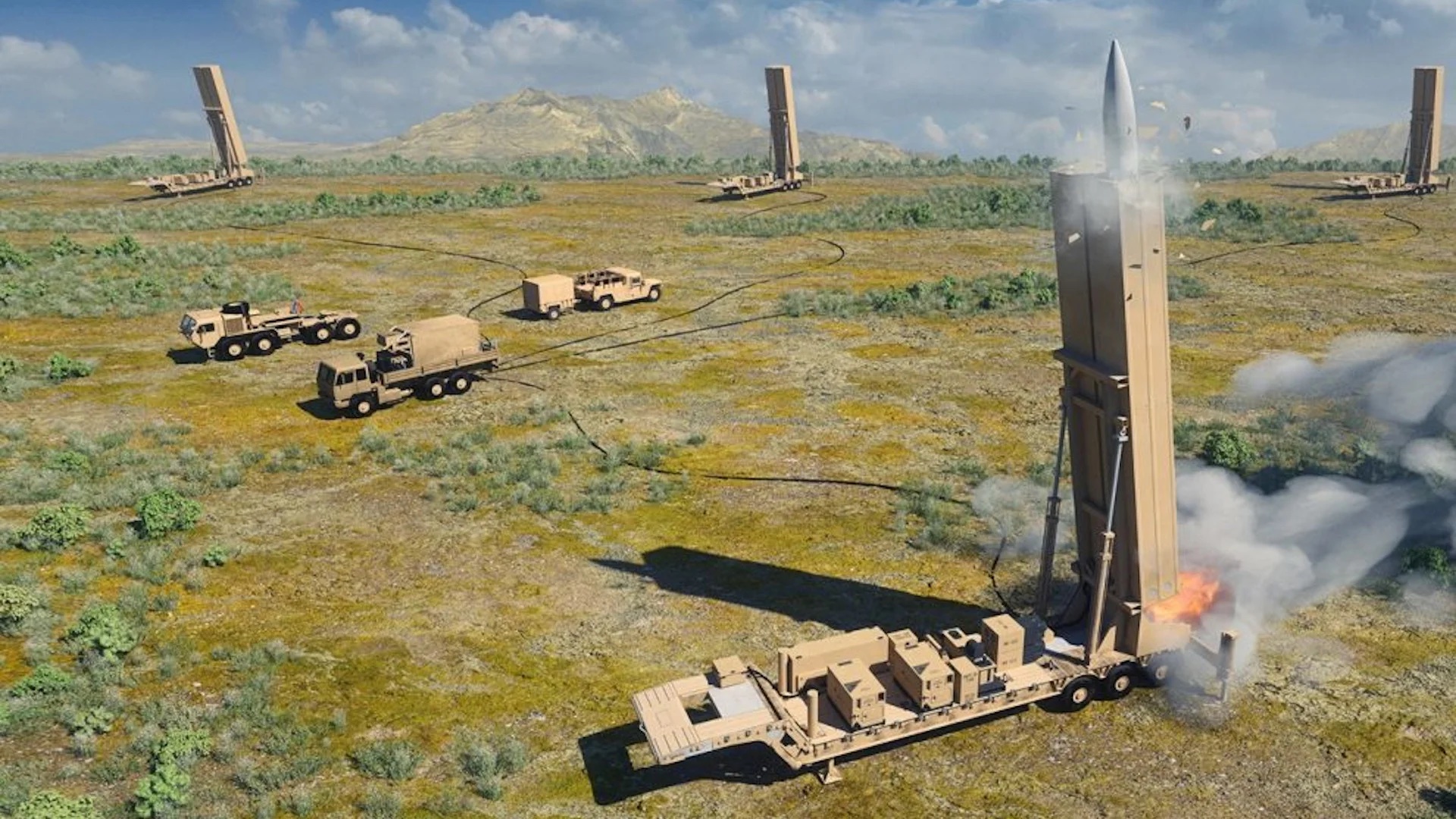
Earlier in the week, Douglas Bush, Assistant Secretary of the Army for Acquisition, Logistics, and Technology, and Lt. Gen. James Richardson, Deputy Commander of Army Futures Command, sent the same message to members of the Senate Armed Services Committee.
“Long-range precision fires, air-and-missile defense, and the network, all three of which we believe are foundational to anywhere the army fights but in particular, proving capabilities in those areas are vitally important for fulfilling the Army’s role and potential contingency with China,” Bush told the Senate Armed Services Subcommittee of Air and Land Systems.
Wherever it fights next, the Army expects to operate in highly lethal environments where it must stay beyond the reach of sophisticated enemy defenses or strike them ahead of maneuvering forces into enemy territory. The Army is working to field hypersonic weapons, essentially rockets tipped with a hypersonic boost-glide vehicle, and when asked if the service was doing enough to modernize apace with Russia and China, McConville said “I do.” But, Smith reminded the witnesses, both Russia and China have already fielded hypersonic weapons — Russia has reportedly used them in Ukraine — while the U.S. has not. This claim may be technically true, but Russia’s Kinzhal missiles are really air-launched ballistic missiles that reach hypersonic terminal velocities, so they are really their own class of less advanced weapons that are capable of hypersonic speed, like most ballistic missiles.
Still, Ukraine has devastated Russian convoys, command posts and other positions with long-range artillery fire, often monitored and guided by unmanned aerial systems. Russia has responded in turn with its own massive artillery barrages on Ukrainian military forces and civilian infrastructure.
Understanding how important artillery is to the Ukrainian’s struggle against Russia’s mechanized assault, the U.S. has promised 90 M777 155mm howitzers and at least 200,000 rounds of ammunition for the guns as of May 10. Several other countries also are supplying M777s, as well as other howitzers and rocket artillery systems to Ukraine.
The Army plans to spend $807 million in Fiscal Year 2023 to continue developing its Dark Eagle LRHW which flies well above the hypersonic threshold of Mach 5 and is fast and maneuverable enough to evade enemy air defenses. The development of the long-range hypersonic weapon is aimed directly at operating in anti-access, area-denial environments. The Army is working with the Navy on LRHW, which includes a Common Hypersonic Glide Body (C-HGB) and a 34.5-inch-wide rocket booster. According to the Army, a prototype battery of LRHW should become a formal record and transition to engineering and manufacturing development in fiscal 2023.
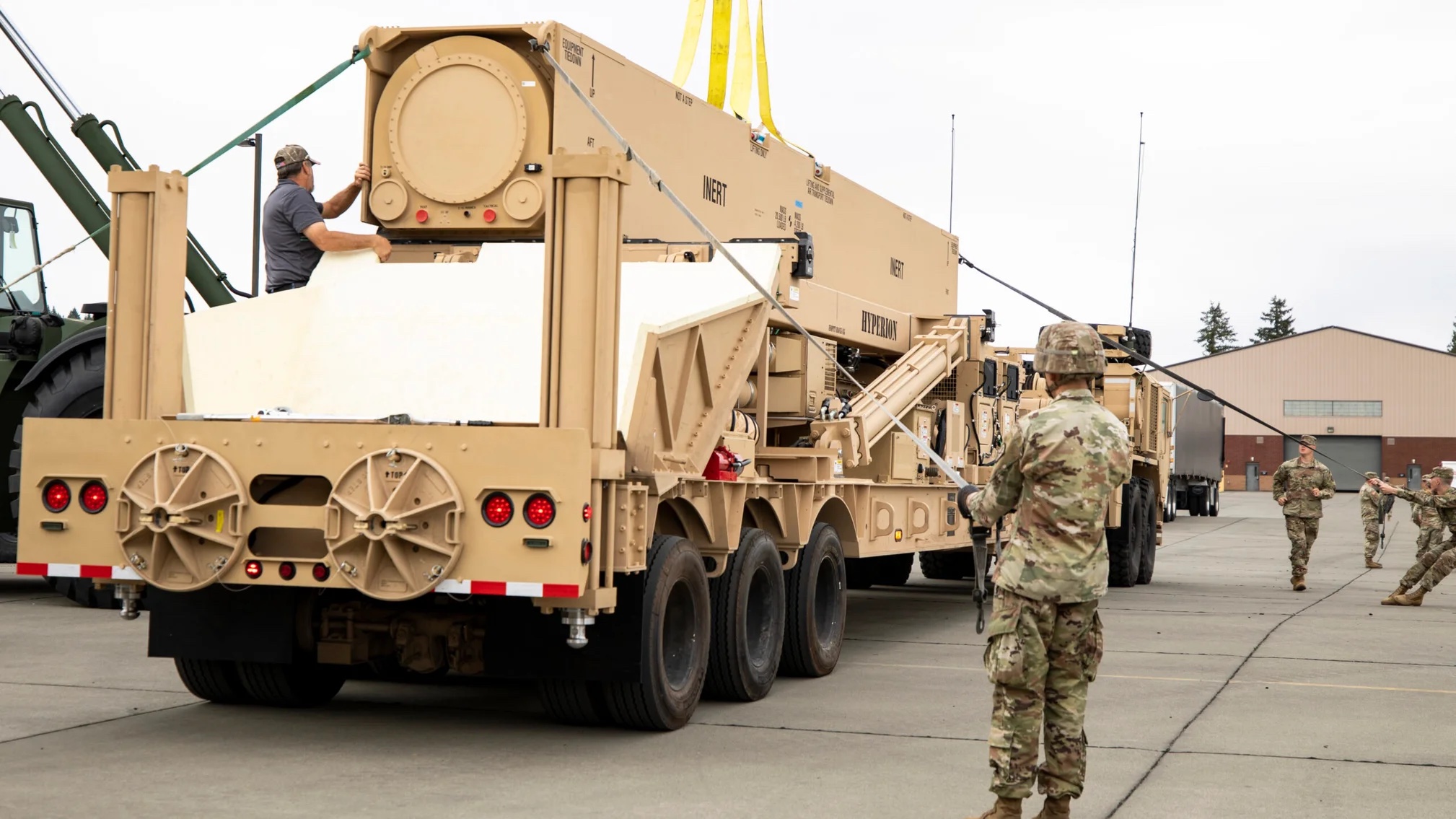
“We’re just really trying to proceed on a very rapid development and testing schedule,” Wormuth said. “And I think we’ve really seen that payoff in the long-range hypersonic weapon system program, in particular. We already have the ground equipment for that system out at Joint Base Lewis McChord. And I think you know, we have some important tests coming up, but we feel very good about fielding that in FY 23.”
Also in development is a so-called mid-range capability (MRC) that seeks a strategic, ground-mobile, offensive missile capability based on the existing SM-6 and Tomahawk missiles that can kill ships from land at a distance of at least 600 miles, McConville said. Both can hit land targets as well. Just over $400 million is included in the fiscal 2023 budget request to build and test prototype MRC systems.

The ERCA effort is a two-phased capability improvement program that will deliver a farther-firing self-propelled howitzer based on the M109A7 Paladin. The introduction of an autoloading system should then increase the 155-millimeter cannon’s rate of fire. The U.S. Army Combat Capabilities Development Command (DEVCOM) Armaments Center at Picatinny Arsenal in New Jersey, leads the ERCA design effort.
In 2018, an early prototype of the ERCA, designated the XM1299, demonstrated its ability to fire projectiles up to 44 miles at Yuma Proving Ground in Arizona using rocket-assisted ammunition. At the time, it was the farthest-reaching artillery demonstration in Army history and twice the range of legacy artillery systems, according to the Army.

Rocket-assisted 155mm ammunition capable of flying nearly 20 miles has actually recently appeared in Ukraine for use in M777A2 howitzers, as seen in the tweet below. It is not entirely clear whether these are U.S. artillery rounds or cannons, as not all the equipment earmarked for Ukraine has made it into the country yet.
Army budget documents show an outlay of $260 million for continued development and purchase of the Precision Strike Missile in fiscal 2023. The program is improving on the existing Army Tactical Missile System (ATACMS) surface-to-surface system already in use. According to manufacturer Lockheed Martin, the in-development PrSM will extend the Army’s range out to 300 miles and beyond. The munition will be compatible with the M270 multiple-launch rocket system (MLRS) and M142 High Mobility Artillery Rocket Systems (HIMARS).
Research-and-development funding for the U.S. Army’s PrSM system in fiscal 2023 supports the continuation of Increment 1 engineering and manufacturing development (EMD) and efforts to develop an Increment 2 prototype, according to the Army. Production qualification testing of the missile will continue, along with flight tests and a limited user test in the fall. The Army’s budget request also includes funding to conduct missile software testing and integration of the Advanced Field Artillery Tactical Data System (AFATDS). The Army also has plans to integrate a land-based anti-ship missile (LBASM) seeker into the PrSM missile to make it also a shore-based ship killer.
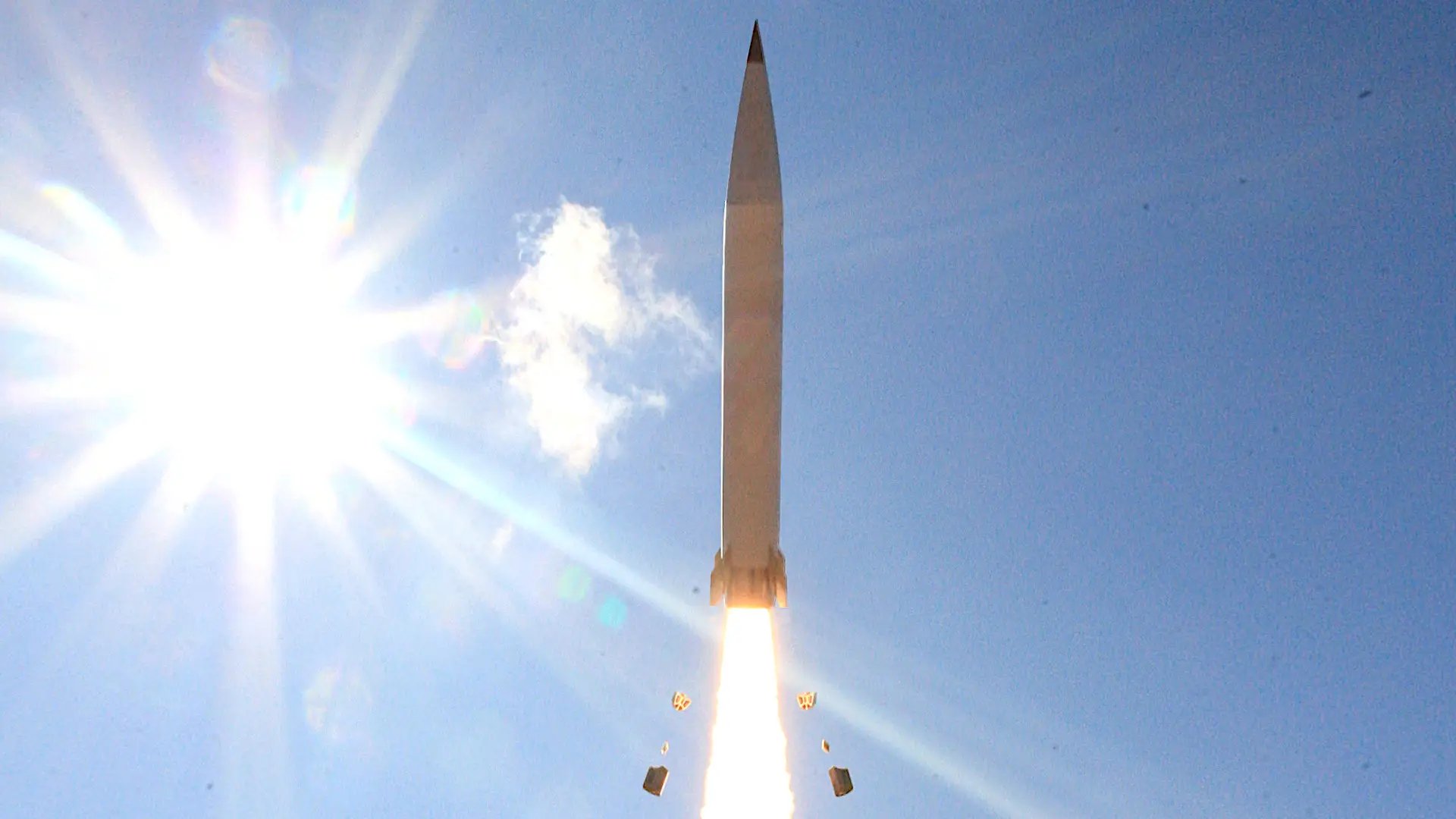
Another ongoing conversation is how to tie all of these weapons together into a cohesive networked force. Integrating long-range fires and infantry support is as important as defeating an enemy’s ability to kill tanks as active protection systems, McConville said. In a high-end conflict like Ukraine, none of the Army’s current or future systems would fight in a silo, but would be mutually supportive, he said.
“Now that you have the arrows, you have to find the targets and that takes a layered joint force solution,” McConville said. It takes space. It takes aerial capability. It takes multiple other ends to bring that together. But the real secret sauce that we’re working on is what we call convergence. The ability to take multiple sensors, bring them into an integrated battle command system and then pick the appropriate shooter to get the lethal effects we need. That’s what we’re doing right now.”
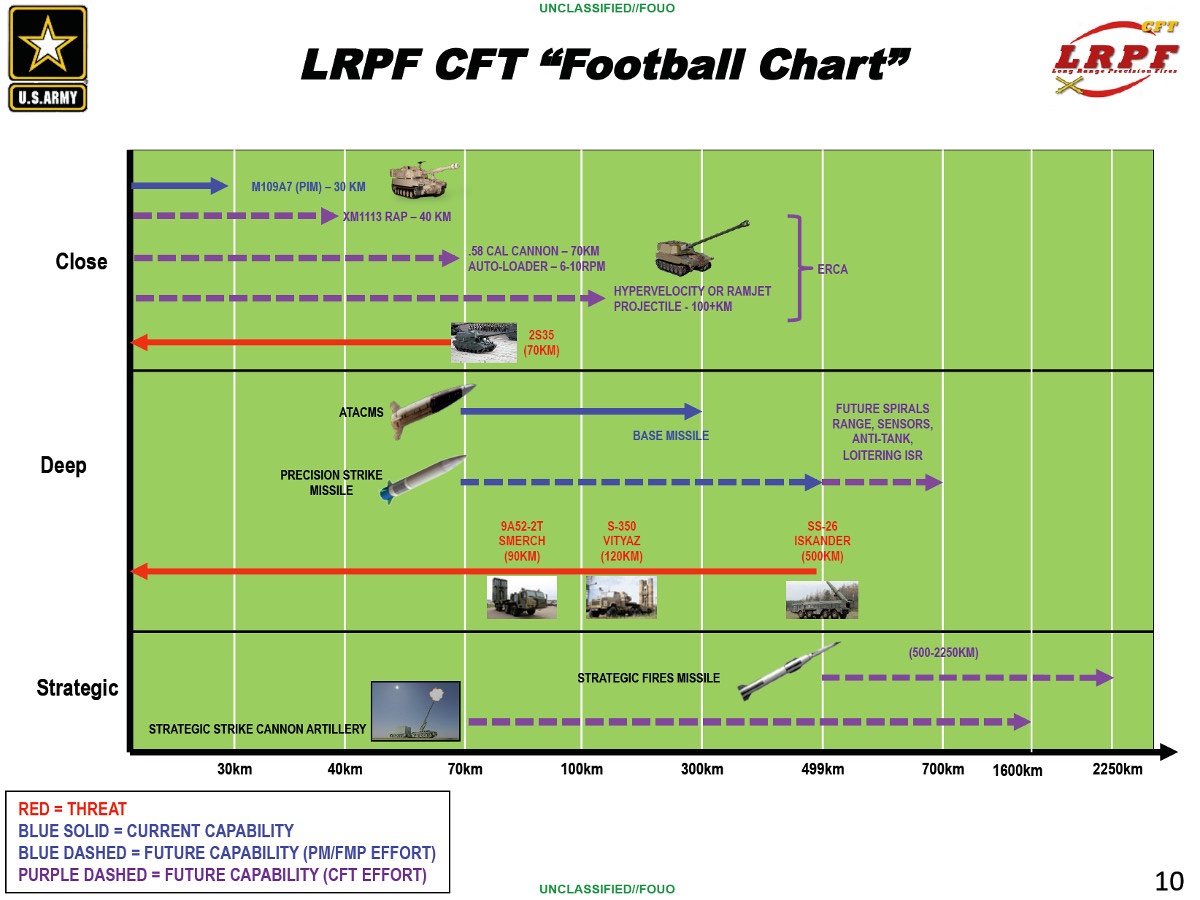
Integrating a high degree of data fusion and cross-domain networking tied to command and control is ongoing in the form of multiple initiatives that are underway today and will be essential to putting these weapons to use at a speed in which the kill chain doesn’t degrade their effectiveness or relevance.
The war in Ukraine has re-demonstrated the value of artillery and other long-range land-attack systems. Russia has brought significant long-range capability to the fight, including missiles and artillery. With the influx of Western cannons, land-attack missile systems, and ammunition, Ukraine is firing back. The war has underscored and validated the Army’s insistence that it has to reestablish overmatch against Russia and China in hypersonics, rocket artillery, and other far-reaching weapons to allow ground vehicles and infantry to maneuver on contested battlefields, what it calls combined-arms operations, McConville said. However, Russia has almost completely failed to operate in such a way that its forces in Ukraine are mutually supported, as evidenced by a disastrous attempted river crossing this week that was obliterated by dialed-in Ukrainian artillery.
For better or worse, the Army has a real-world scenario in which it can reflect on the long-range fire capabilities it is developing and perhaps an opportunity to tweak its requirements based on actual battlefield experience in Ukraine.
Contact the author: Dan@thewarzone.com
